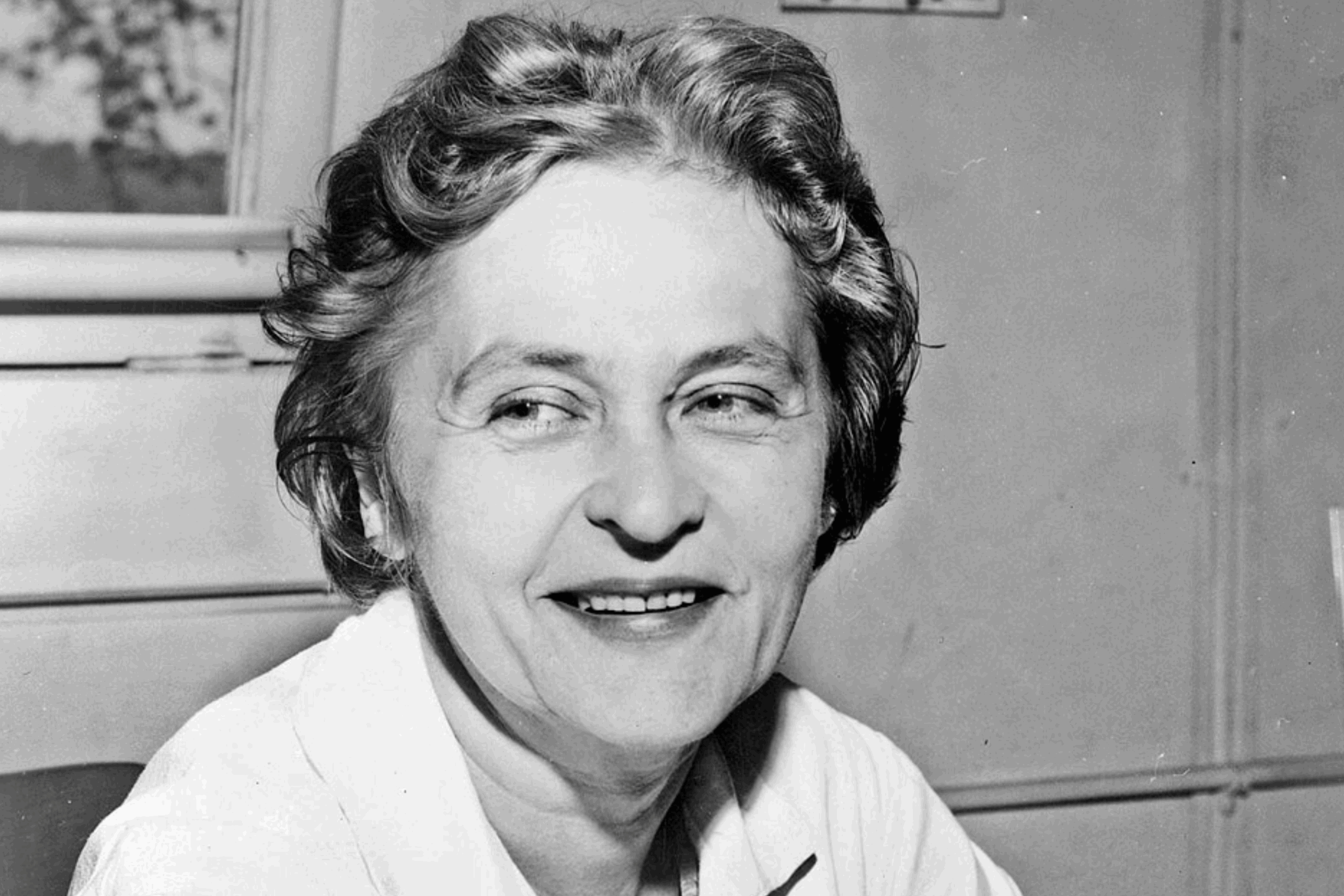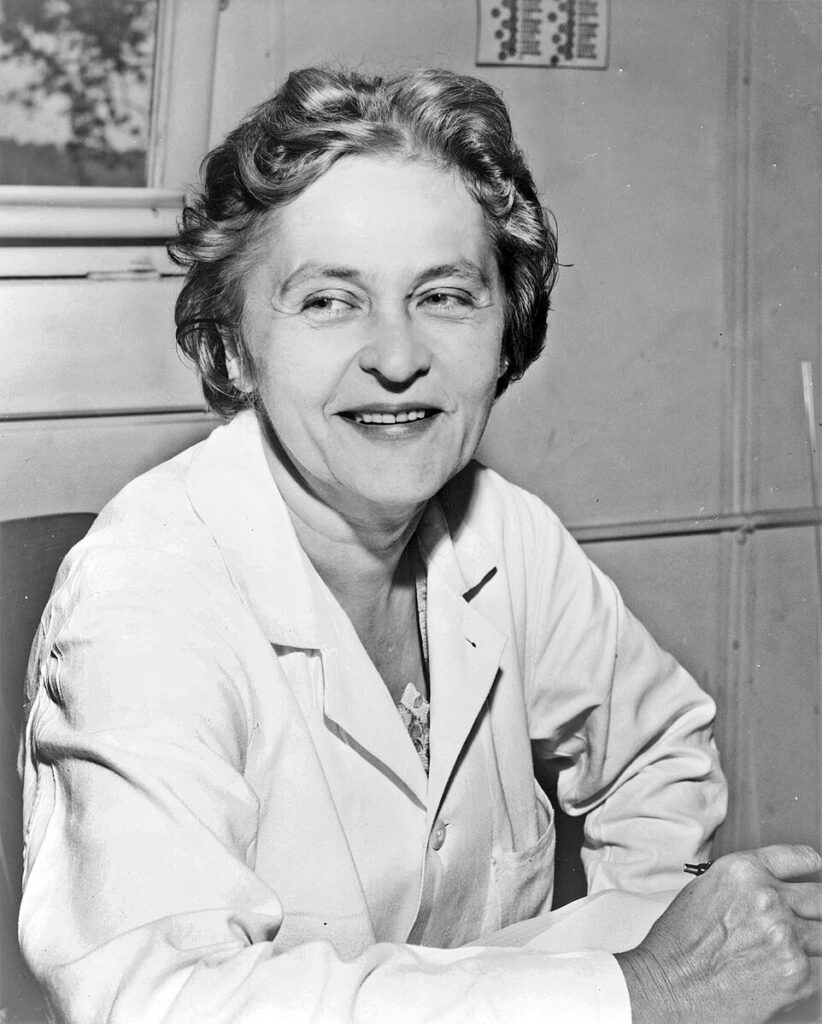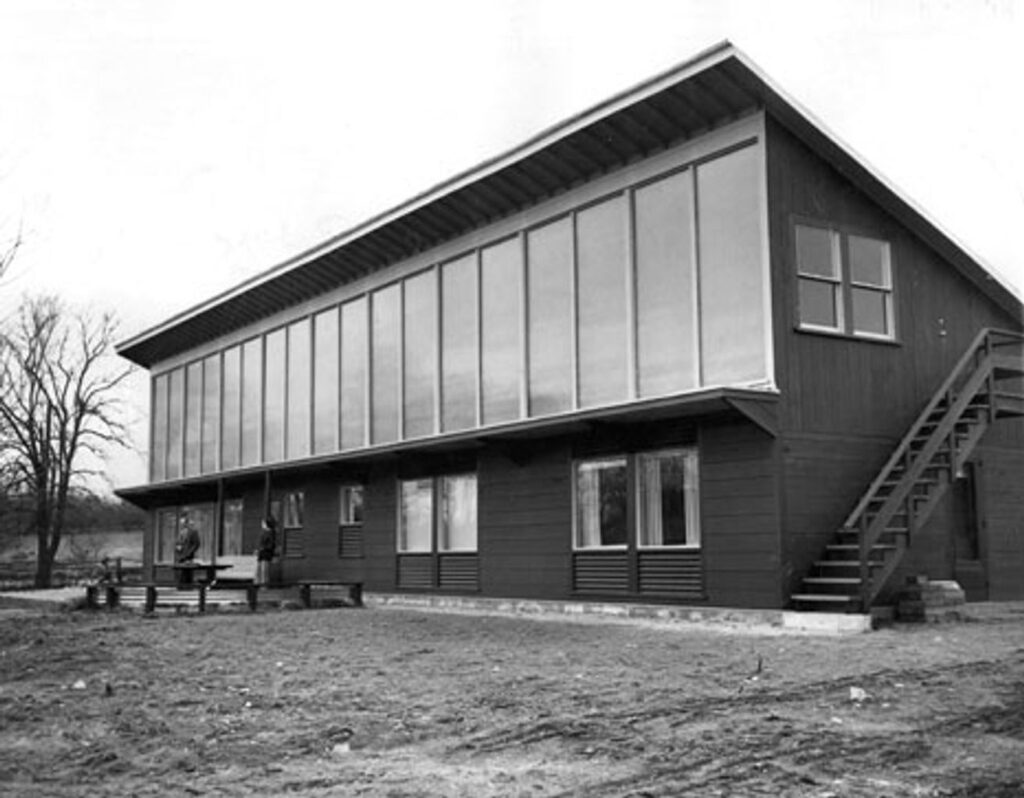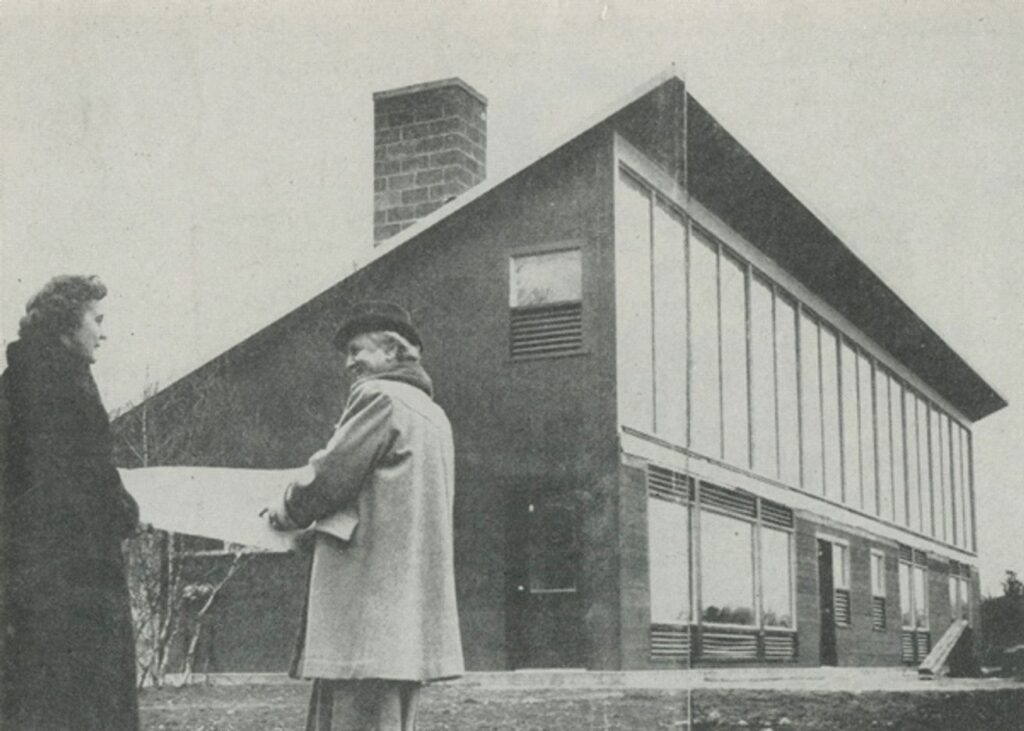She Built a House That Stayed Warm in Winter Using Only Sunlight and Salt

Picture the coldest night of winter. No fire, no furnace, yet your home stays warm. Picture clean water in the middle of the ocean, created from nothing but sunlight. These are not futuristic dreams. Decades ago, they were reality, built by the hands of one woman who believed the sun could change everything.
Long before renewable energy became a global conversation, Mária Telkes was using sunlight to heat homes, cook meals, and save lives. Her work was proof that innovation is not about waiting for the future. It is about creating it with what we already have. And the same sun that powered her vision is still shining on us today.
The Woman Who Turned Sunlight Into Shelter
In the years after World War II, America was bursting with industrial optimism, yet the energy that powered this new age still came at a steep cost—smoke in the air, coal dust in the lungs, and the unshakable belief that dependence on fossil fuels was inevitable. But in 1948, a Hungarian-born scientist named Mária Telkes dared to prove otherwise. She did not just imagine a cleaner world; she built one, brick by brick, window by window, until it stood shining in the cold Massachusetts winter.

They called her the “Sun Queen” not because of any title bestowed by royalty, but because she harnessed the oldest, most democratic power source on Earth—the sun—and paired it with an everyday chemical, Glauber’s salt, to create warmth without a single shovelful of coal or drop of oil. What she built with architect Eleanor Raymond was not just a house. It was a declaration that innovation could be elegant, accessible, and deeply human. And behind that declaration was a truth we still wrestle with today: clean energy is not a distant dream. It has been possible for generations.
The Dover Sun House: A Home Powered by Sun and Salt
In Dover, Massachusetts, the winter of 1948 witnessed the unveiling of a home that challenged the very idea of what was possible. Mária Telkes, the scientist with an unshakable belief in solar energy, partnered with architect Eleanor Raymond and patron Amelia Peabody to create a dwelling unlike any the world had seen. Its promise was simple yet revolutionary: warmth through the coldest winters without coal, oil, or gas.
The house’s south-facing wall was a towering glass collector, channeling sunlight into spaces that held 3,500 gallons of Glauber’s salt sealed in metal drums. By day, the salt melted and stored heat. By night, as it solidified, it released that heat slowly, maintaining comfort even through stretches of cloudy weather. For two winters, cousins of Telkes lived in the home.

The press called it a triumph. Popular Science went so far as to suggest the house “might represent a more important scientific development than the atom bomb.” The attention was overwhelming; Andrew Nemethy, who grew up in the home, recalled it drew “3,000 visitors — society matrons, club members, reporters, and curious civilians — until tours were suspended.”
Yet behind the glowing headlines were challenges. The fans that circulated warm air quietly increased the electric bill. Over time, the Glauber’s salt began to stratify into liquid and solid layers, corroding the drums until they leaked. Nemethy remembered the winter it failed: “After week-long strings of cloudy days, indoor temperatures sank to panic levels. My mother complained, and we soon had electric heaters in all the rooms.”
Even with its flaws, the Dover Sun House stands as a testament to what can happen when vision, science, and courage meet. For a moment, it embodied the possibility that a home could live in harmony with nature, drawing life from the same sun that lights our days.

Beyond the House: Innovation for Liberation and Everyday Life
In the middle of World War II, Mária Telkes turned sunlight into survival. She built a portable solar distiller that could save pilots and sailors stranded at sea, transforming seawater into drinkable water without a single drop of fuel. Thousands were issued to the U.S. military, and the same design could bring clean water to remote villages where wells ran dry.
By 1953, she was cooking with the sun. With a grant from the Ford Foundation, she created a solar oven capable of reaching 200°C using only mirrors, glass, and insulation. It was cheap to build, smoke-free, and required no wood or coal — a lifeline for families in rural communities where fuel was scarce.
Two decades later, she helped design Solar One at the University of Delaware — the first house to generate both heat and electricity entirely from the sun. It proved that renewable energy could power a home all year long without fossil fuels
Telkes didn’t just invent; she solved problems people were living with right now. From life rafts to kitchens to the first fully solar-powered home, her work was proof that the sun could do more than light the day — it could change the way we live.
Solar for the People—Off Grid Power Transforming Lives
In communities far from the grid, reliable energy and water mean daily survival. Today, solar power is stepping in as a lifeline, declaring autonomy, dignity, and progress.
In Peru’s Amazon, Indigenous-led solar projects are lighting schools and powering internet access in villages that once had none. One initiative, named Aylluq Q’Anchaynin meaning “the energy of the community” in Quechua, is helping reshape life in remote Alto Mishagua.
In Congo’s Goma, a 1.3 MW solar minigrid now powers water treatment, phone charging stations, and local businesses. This source of clean energy has survived conflict, reduced reliance on diesel generators, and become a blueprint for resilience, economic revival, and peacebuilding.
Closer to home, in Mali’s village of Karan, solar mini grids are more than light. They are hope. Shops stay open, bakeries thrive, gamers gather, and the cost of power has dropped sharply, all thanks to solar systems managed by local entrepreneurs.
These communities reflect one truth. When solar is grounded in local ownership and context, it becomes far more than just energy. It becomes a catalyst for inclusion, safety, and self determination.
Bringing the Sun Into Your Everyday Life
The story of Mária Telkes is not just about inventions. It is about the choices we make every day and the quiet ways we can live more in harmony with the world around us. You do not need to be a scientist to follow her lead. You just need to be willing to look at the resources you already have and use them wisely.
- Notice the Energy Around You – Start by paying attention. Which appliances hum in the background all day? How many lights stay on when no one is in the room? Awareness is a powerful tool because it shows you exactly where you can make small, low effort changes that add up over time.
- Use the Sun Whenever You Can – The sun gives us light and warmth for free. Dry clothes outdoors when the weather allows. Let sunlight heat your home in winter by opening curtains early, and block it in summer with shades to keep rooms cool. These simple habits save energy, lower bills, and connect you to the rhythm of the day.
- Choose Simple Solutions First – When faced with a need, look for the most straightforward option before turning to complex or high energy tools. For example, walk or cycle for short trips instead of driving, or use a fan before switching on the air conditioner. Often, simplicity leads to sustainability.
- Support Renewable Projects – You may not build a solar house, but you can still support the shift to cleaner energy. Join community solar programs if available, choose a green energy plan from your utility provider, or back local initiatives that install panels on schools or public spaces. Collective support accelerates change.
- Share What You Learn – Inspiration is contagious. If you discover a small change that works for you, talk about it with friends, family, or neighbors. Your example can spark someone else’s first step toward a more sustainable lifestyle.
- Think Long Term – Every choice we make, from the food we buy to the way we travel, has a ripple effect on the future. Ask yourself how your decisions will look ten or twenty years from now. Living with the long view in mind turns small actions into part of a larger legacy.
Small changes may not feel revolutionary in the moment, but they plant seeds. Over time, those seeds grow into habits, and habits shape the world. The same sunlight that powered Mária Telkes’s inventions can also power the choices you make today.
The Sun is Still Here
The sun has been shining for billions of years, asking nothing in return. It does not choose who it warms. It simply gives. Mária Telkes understood that this endless gift could be more than light in the sky — it could be power in our hands.
Her life’s work was proof that innovation is not about waiting for the future. It is about building it with what we already have. She took something as ordinary as sunlight and used it to challenge the way the world thought about energy, freedom, and possibility.
We are standing in that same light today. The question is no longer whether we can follow her lead. The question is whether we will. Because the truth is, the sun is still here. The tools are still here. And so is the choice — to keep living the same way, or to take that light and change everything.
Featured Image from Library of Congress Prints and Photographs Division under CC0 1.0 Universal
Loading...

